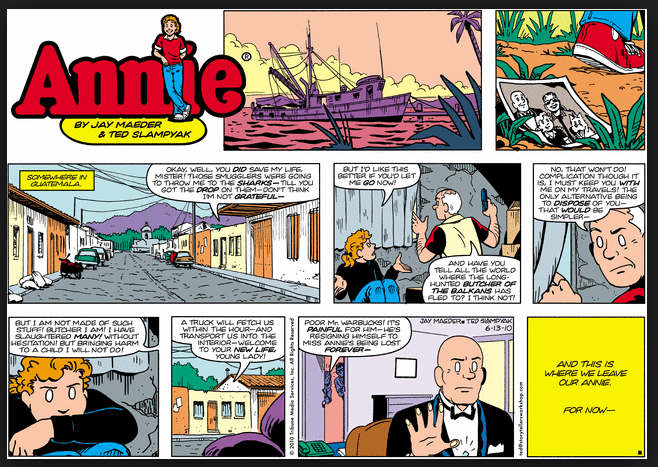No matter what you say -- keep it vague!
- It's an awesome piece of writing in favor of all the online visitors; they will obtain advantage from it I am sure.
- And i'm glad reading your article. But wanna remark on few general things, The website style is great, the articles is really excellent : D. Good job, cheers
Delivering the good with the goods
- Excellent goods from you, man. I have have in mind your stuff prior to and you are just too wonderful. I really like what you have bought here, really like what you're stating and the way in which in which you are saying it. You're making it enjoyable and you still care for to keep it sensible. I can not wait to read much more from you.This is really a tremendous website.
[Keepin' it sensible, man!]
Pressure that message
- Its such as you learn my mind! You seem to understand a lot approximately this, such as you wrote the e-book in it or something. I think that you can do with some percent to pressure the message house a bit, however other than that, this is magnificent blog. A fantastic read. I will certainly be back.
[I was just thinking the same thing. You must be learning my mind, man.]
Getting a little too familiar
- Hello Dear, are you genuinely visiting this site regularly, if so afterward you will definitely obtain pleasant knowledge.
[Please, madam, I'm married!]
We continue to lumber along
And of course we received more comments about The Straco Layout, Part 23 - Lumbering along, a short post about small tinplate toy.
 |
| The Nomura 3" Lumber Truck, ca. 1960. Still not sure why my post about this modest toy attracts the most spam. |
information that captivates your audience. The best vacuum for pet hair has plenty of power to get the little hairs out of the carpeting.
[You lost me on that last sentence.]
- I think this is among the most vital info for me.
[Then you must not have much of a life.]
- You're so interesting! I don't suppose I've read through something like that before. So great to find somebody with unique thoughts on this issue. Really.. many thanks for starting this up. This web site is one thing that is needed on the internet, someone with some originality!
[Didn't realize cheap Japanese tinplate toys were an issue!]
Nothing like fastidious spam
- Hi colleagues, fastidious post and fastidious arguments commented at this place, I am actually enjoying by these.
- Every weekend i used to pay a quick visit this web site, as i want enjoyment, since this this web page conations really fastidious funny information too.
[Fastidious and funny? I really am so interesting!]
Well, dears, that's enough fastidiousness for a while. Until next month, keep your goods excellent, apply pressure to your message house, and remember: the best vacuum for pet hair has plenty of power!
























 :
:


